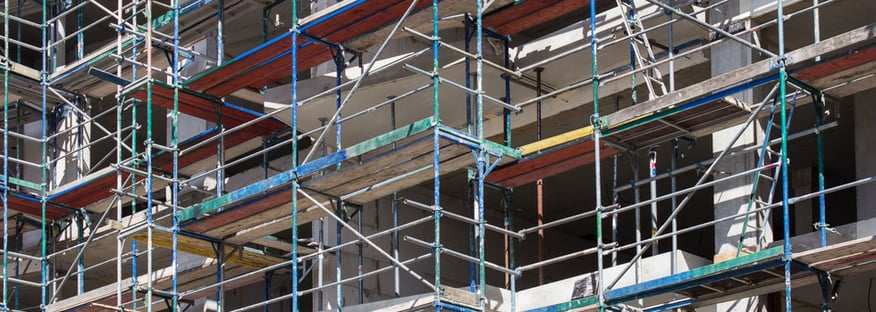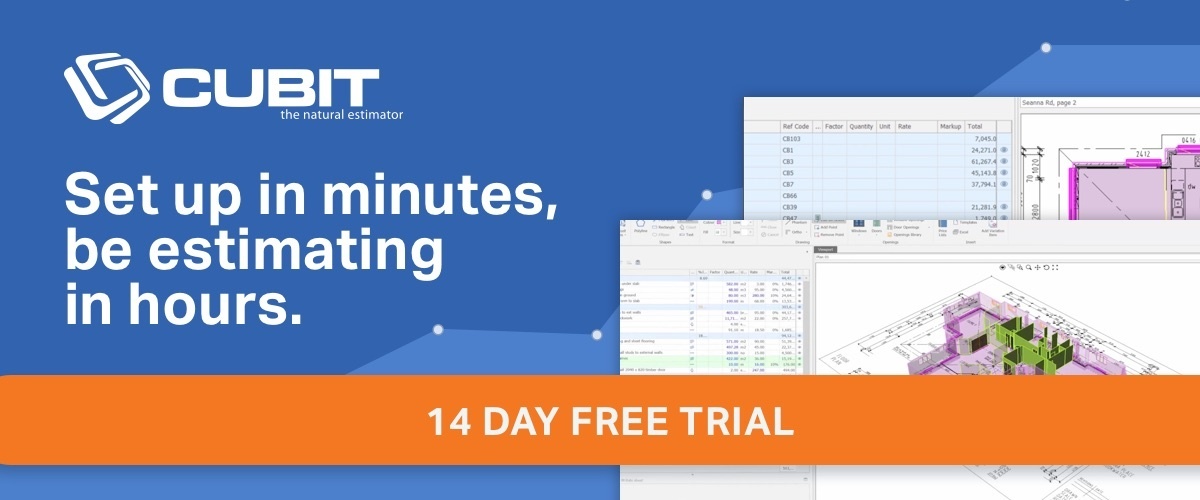Every 1 minute and 30 seconds, Australia’s population grows by 1 person. Today, our population is estimated to be over 24 million, compared to 20 million only ten years ago in 2006.
Logically, our expansion means we’re seeing a greater demand for residential and commercial construction, but does this mean the construction industry can cash-in on this growth?
Below we outline some of the key trends and forecasts within construction.
Residential
The Master Builders 2016 Building Industry Outlook Report shows that the residential sector is looking strong for the next 12-24 months. “Consumer confidence has improved, and there is the prospect of economic growth ramping up once more,” the report reads.
According to the Master Builders forecasts the introduction of low-interest rates will see new homeowners and investors stepping into the market. However, low wage levels will continue to limit the demand for new construction.
The issue of affordability for new homeowners is still very prevalent in the current economic landscape. Due to the high costs associated with purchasing or building a new home, the segment is seeing more individuals renovating their existing premises. With the current state of the market, opting for this alternative is an effective solution. Taking this approach means property owners are increasing their property value and improving the quality of living within the home, without significant upheaval to their lives - and homes.
Unfortunately, the forecasts don’t show any changes in housing affordability in the near future. The costs associated with new properties will remain an ongoing problem. Part of this is because as demand increases so does the costs of labour and materials. The issue stems from supply constraints, which are ultimately affected by government laws.

Non-residential
Many investors remain hesitant around spending on non-essential assets due to the current state of our economy. Until the economy depicts a more sustainable environment, they’ll be more cautious about entering into the market. Despite this, the non-residential construction industry is still growing.
Current non-residential trends
The majority of non-residential construction demands will fall into traditional engineering such as roads, earthworms and pipes, which are essential for new residential communities.
Additionally, the aged care segment is prospering due to our ageing population. In 2014, The Australian Institute of Health and Welfare reported that this segment comprised of 3.4 million people.
Retail construction has slowed, with many projects wrapping up and minimal new projects in the pipeline. Office segments, however, remain in oversupply.
Construction Employment
The building industry is the third largest employing industry in Australia with 1.05 million employees. In fact, The Master Builders Report identified that New South Wales, Queensland and Victoria altogether account for 74% of employment within construction.
And while we’ve seen the dissolution of many engineering jobs within the industry over the last two years, the actual overall employment within this industry has strengthened.
Although we still see labour shortages for specific trades and unless we’re able to find a solution, the lack of quality labour will continue to rise along with construction demands.
Mining Slows, Others Grow
Even though we’ve witnessed the declination of the mining industry, we’re seeing these losses levelling out with the emergence of other segments (such as aged care and engineering). According to the Australian Construction Industry Forum, “These forecasts also identify areas of construction activity that will assist an economy in transition.”
New development initiatives have also boosted environmentally conscious and sustainable building methods.
Yet some of the biggest changes in the Australian construction industry have been fuelled by innovative construction technology. To see how streamlined estimating software can revolutionise your build, book a free Cubit trial below.








